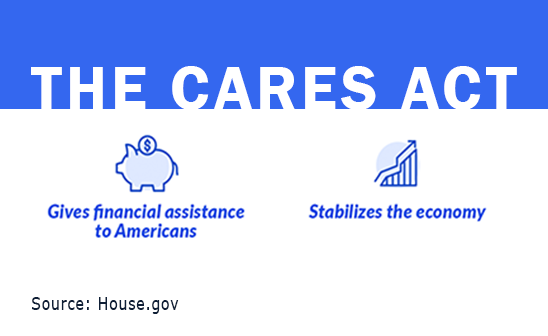
Projecting Poverty Rates in 2020 for the 62 and Older Population: What Changes Can We Expect and Why
Abstract
Over the past several decades, there have been a number of economic and demographic changes that are expected to impact the economic well-being of the future aged population. This paper analyzes the factors that may be related to increased or decreased poverty among the 62 to 89-year-old population in 2020 using the Social Security Administration’s Model of Income in the Near Term (MINT). We estimate that the poverty rate, when thresholds are indexed to the CPI, will decline from 7.8 percent in the early 1990s to 4.2 percent in 2020, but the rate would increase from 7.8 percent to 9.9 percent if the threshold were indexed to wages. We examine the impact of four specific trends on future poverty rates: 1) the scheduled rise in the Social Security normal retirement age, 2) the changes in marital composition, 3) the change in the relative earnings of men and women, and 4) the rise in earnings inequality.
We find that the increase in the normal retirement age and changes in marital composition each explain about 25 percent of the projected increase in wage-adjusted poverty. The changes in the relative earnings of men and women did not affect the poverty rate-it only affected who was in poverty. The rise in earnings inequality had almost no effect on poverty rates largely because of the progressive Social Security payment formula. The projections of poverty rates are very sensitive to economic growth assumptions. Even with the substantial wage growth projected by the Social Security Office of the Chief Actuary, however, high school dropouts, unmarried retirees, and older retirees remain at high risk of poverty.







